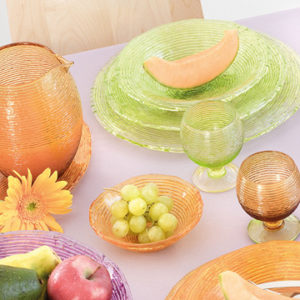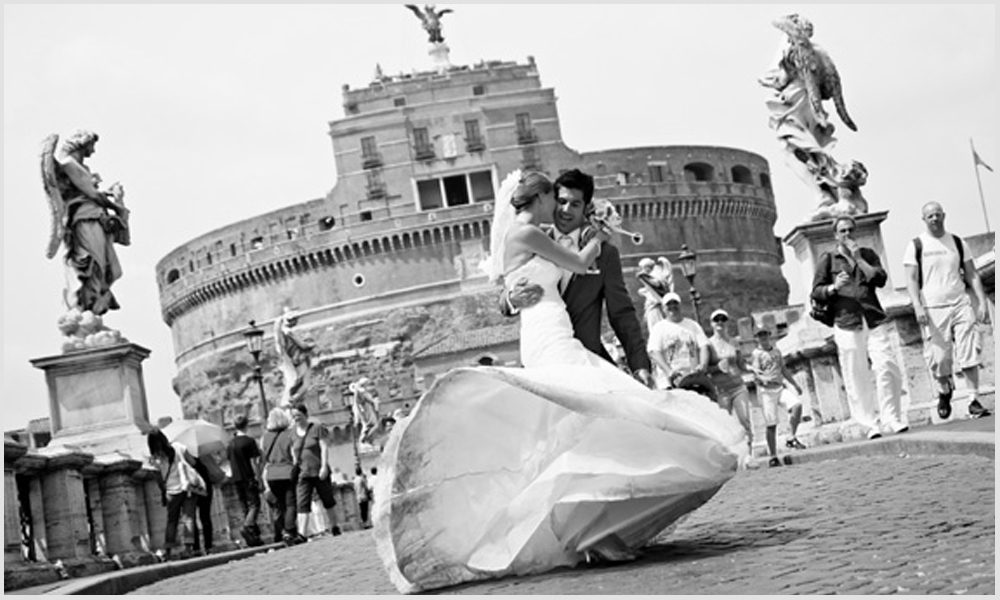The Italian Pavilion at Expo Milano 2015 showcases Italy’s excellence, the country’s culture and traditions related to food and eating, which are typified by high-quality, from the raw materials through to the finished product. Consisting of Palazzo Italia, of the four buildings along the Cardo, or north-south avenue on the site, and the Lake Arena, the Italian Pavilion at Expo offers some 14,000 square meters of exhibition space.
Palazzo Italia constitutes the very heart of the Expo site, and will remain, post-event, as a center for technological innovation for the city of Milan. The concept and the design of the building is by Studio Nemesi & Partners S.r.l., along with Proger S.p.A. and BMS Progetti S.r.l., in line with the original concept by Marco Balich: Italy as a Nursery for New Energies, a nest for the future, with a rich past that is anything but a gloomy museum of its past glories.
The exhibition entitled Identità Italiana is the key exhibition in the Italian Pavilion, and tells the story of the Italian Powers, with the assistance of the country’s 21 Regions and Autonomous Provinces.
The four Italian Powers are:
The Power of Expertise: 21 people tell of the Italians’ professional qualities, in terms of their artistic and manual skills, and how they found success by thinking in business terms.
ThePower of Beauty: Here we see 21 landscapes and the same number of architectural masterpieces that express the beauty of Italy.
The Power of the Challenge: these are 21 stories of farms, agri-food, and craftspeople who illustrate the specific area in which Italians distinguish themselves: their ability to give the best of themselves in the most challenging circumstances. Just one example: cultivating vineyards on arid hillsides, when any form of mechanical assistance is quite impossible.
The Power of the Future: this is narrated by means of a Nursery of 21 plants, each of which represents one of the country’s Regions or Autonomous Provinces. There’s Piazza del Campidoglio in Roma, where Michelangelo created the mosaico of Renaissance harmony. From the mosaic rises the Tree of Life, a steel and wood structure that is 37 metres high and has a circumference of 25 meters. The brainchild of designer Marco Balich, this stands in the centre of the Lake Arena.
All Italians, and not a few non-Italians, are familiar with the image of the borgo, a hamlet, that was the original nucleus of many cities. The exhibition spaces along the Cardo, the north-south avenue on which the Italian Pavilion is located, take their cue from the image of the borgo, and represent the variety and richness of experience that is Italy.
In the northerly section of the Cardo, the highly-varied landscapes of the 21 regions and Autonomous Provinces are on display, while the southern section affords visitors the chance to admire the many excellences that are Made in Italy, in terms of food, as well as sustainability.
Along the north-westerly side of the Cardo, to the south of Palazzo Italia, the Italian Regions will be presenting, for a minimum of one week and a maximum of six, their own interpretation of the Four Powers, along with their own, local agricultural, tourist, and food excellences. The highlight, though, will be their thoughts on, and how they have interpreted, the Expo Milano 2015 theme: Feeding the Planet, Energy for Life. Each region will have at its disposal two spaces, one set up as a library and the other as a public meeting space, where they can showcase their knowledge and their expertise.
On the south-west side of the Cardo will be illustrated the concept of the short food supply chain, and its role in ensuring sustainable development. Here, the largest agricultural organization in Italy and indeed Europe will showcase the beauty of the supply chain typical of the Mediterranean diet, which is a gift that Italy offers to the rest of the world.
The space on the north-easterly side of the Cardo is dedicated to Italian wine excellence. The Wine Pavilion (Padiglione del Vino), which is curated by the organizers of the annual Verona-based Vinitaly trade show, will offer visitors the chance to extend their knowledge of wine on a sensory level; on the first floor, the display focuses on the system of Italian wines.








